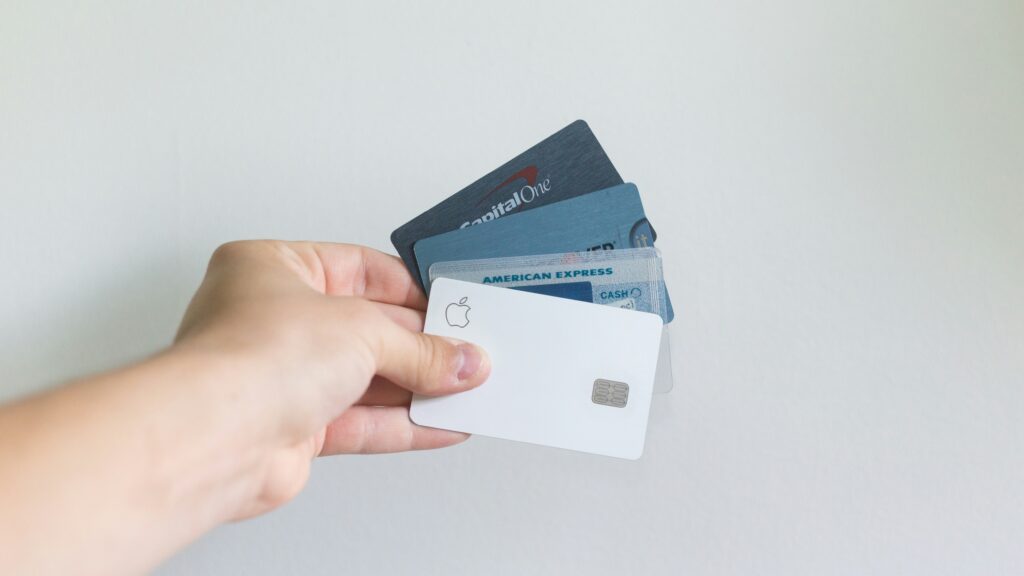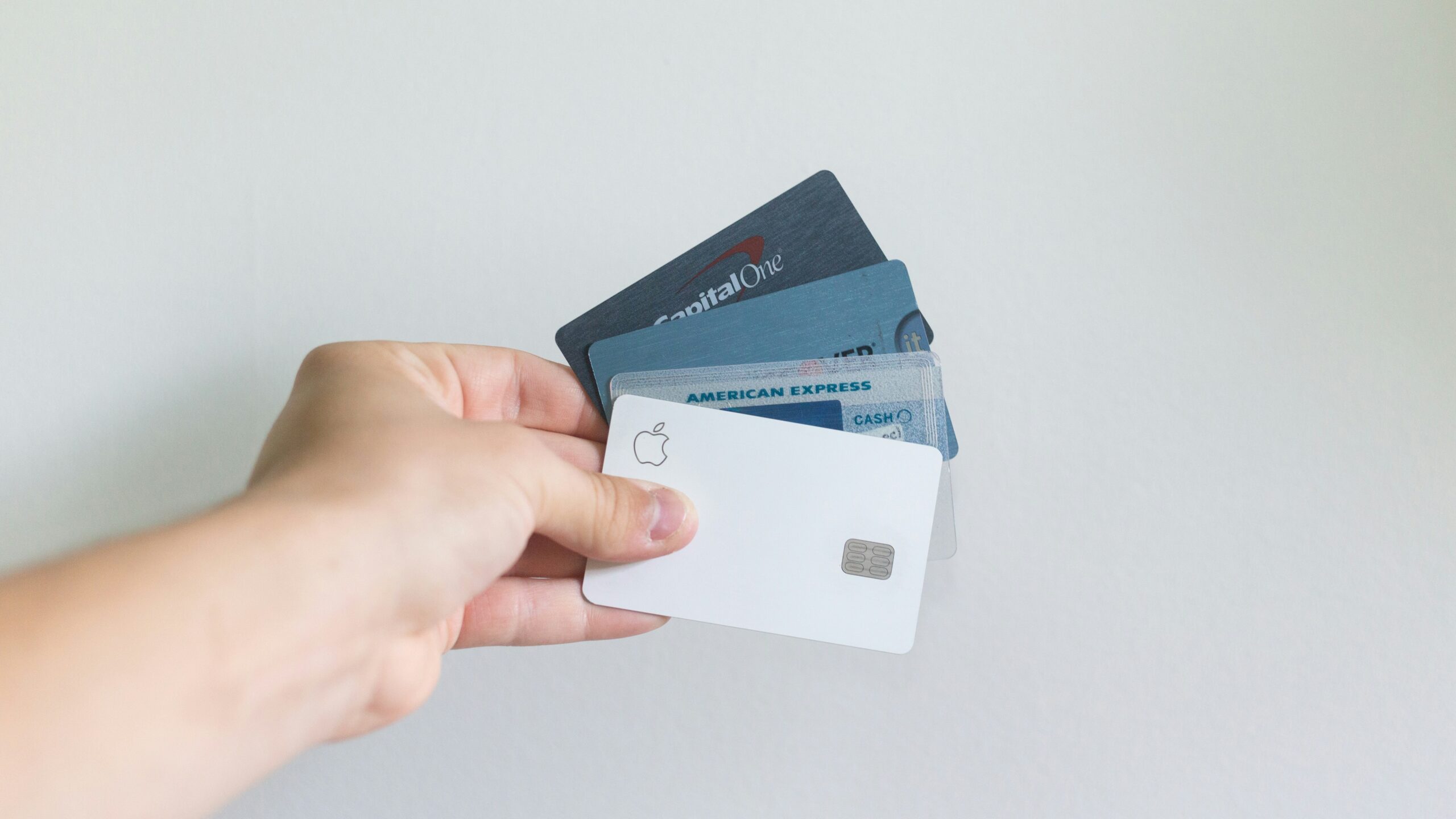The cost of living crisis has made it harder than ever to keep up with everyday expenses, let alone manage existing debt. Rising energy bills, food prices, and rent or mortgage payments mean that many households are struggling to make ends meet. If you’re feeling overwhelmed by debt, you’re not alone. The good news is that there are steps you can take to regain control of your finances.
In this post, we’ll explore practical strategies to manage debt during a cost of living crisis, from prioritising repayments to seeking professional support.
Understanding the Cost of Living Crisis
Before tackling debt, it’s important to understand the financial pressures causing increased hardship. Inflation, stagnant wages, and higher interest rates are making borrowing more expensive and reducing the value of household income. This has left many people relying on credit cards and loans to cover essential expenses.
If you’re facing financial difficulty, taking action now can prevent further stress down the line. Let’s look at how to manage debt during a cost of living crisis effectively.
1. Assess Your Financial Situation
The first step in managing debt is understanding exactly where you stand. Start by listing all your debts, including:
- Credit cards
- Personal loans
- Overdrafts
- Store cards
- Car finance
- Mortgage or rent arrears

For each debt, note the balance, interest rate, and minimum monthly payment. This will give you a clear picture of your total debt and help you prioritise repayments.
2. Prioritise Your Debts
Not all debts are created equal. Some have more serious consequences if left unpaid. Generally, you should prioritise debts in this order:
- Priority Debts (e.g., mortgage, rent, council tax, energy bills, court fines). Missing payments on these can lead to severe consequences like eviction or legal action.
- High-Interest Debts (e.g., credit cards, payday loans). Paying these off first can save you money in interest.
- Lower-Interest Debts (e.g., student loans, long-term payment plans). These can be tackled later once urgent debts are under control.
3. Create a Budget That Works
A well-planned budget is essential for staying on top of debt. Start by tracking your income and expenses to see where your money is going. Then, cut back on non-essential spending where possible.
Budgeting Tips:
- Use budgeting apps like YNAB or Money Dashboard to monitor spending.
- Reduce discretionary expenses (e.g., dining out, subscriptions, luxury purchases).
- Look for cheaper alternatives for essential expenses (e.g., switching to a budget supermarket).
By adjusting your spending habits, you can free up extra cash to put towards repaying debt.
4. Contact Creditors and Negotiate
If you’re struggling to keep up with payments, don’t ignore the problem—reach out to your creditors. Many lenders are willing to offer assistance, such as:
- Lower interest rates
- Extended repayment terms
- Temporary payment freezes
Being proactive can prevent missed payments from damaging your credit score and reduce financial pressure.
5. Consolidate Your Debts
Debt consolidation can simplify multiple repayments into one manageable monthly payment. Options include:
- Balance Transfer Credit Cards: If you have good credit, moving high-interest debt to a 0% interest card can save money.
- Debt Consolidation Loans: These combine multiple debts into a single loan with a lower interest rate.
However, be cautious—debt consolidation isn’t a fix-all solution and could lead to more debt if not managed properly.
6. Increase Your Income
If your budget is already tight, increasing your income can make a big difference. Consider:
- Taking on a side hustle like freelancing, tutoring, or selling online.
- Asking for a pay rise or seeking higher-paid work.
- Renting out unused space (e.g., a spare room, garage, or parking space).
- Checking if you’re eligible for government benefits or grants to support your income.
A small increase in income can accelerate debt repayment and improve financial stability.
7. Seek Free Debt Advice
If your debt feels unmanageable, don’t hesitate to seek professional help. In the UK, there are several free debt advice services that can provide guidance, including:
- StepChange Debt Charity – Offers tailored debt management plans.
- National Debtline – Provides free, confidential advice.
- Citizens Advice – Helps with budgeting and negotiating with creditors.
Speaking to an expert can provide clarity and access to solutions you might not have considered.
8. Avoid Taking on More Debt
During a cost of living crisis, it can be tempting to rely on credit cards or loans to get by. However, this can lead to a cycle of increasing debt. Instead, consider:
- Using an emergency fund (if available) instead of borrowing.
- Looking for alternative support, such as food banks or financial aid schemes.
- Cutting back on non-essential spending to reduce reliance on credit.
Breaking the cycle of debt takes discipline, but it’s worth it in the long run.
9. Stay Motivated and Keep Track
Managing debt is a long-term commitment, but staying motivated will help you succeed. Keep track of your progress using:
- A debt repayment tracker to visualise your progress.
- Regular budget reviews to adjust where needed.
- Celebrating small wins (e.g., paying off a credit card or reducing monthly expenses).
The more progress you see, the more encouraged you’ll feel to keep going.
Learning how to manage debt during a cost of living crisis can feel overwhelming, but taking small, proactive steps can make a big difference. By assessing your financial situation, prioritising debts, creating a solid budget, and seeking support, you can take back control of your finances and reduce stress.
If you’re struggling, don’t suffer in silence—reach out for help, explore every possible avenue, and stay committed to your financial goals. Every step you take now brings you closer to a debt-free future.
